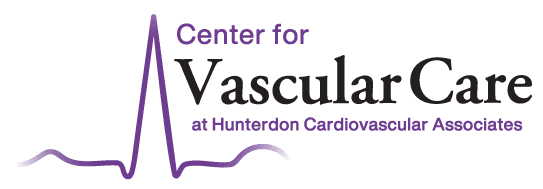
PAD Symptoms and Treatment
Peripheral artery disease (PAD) is a chronic condition that develops when fats and cholesterol (or plaque) build up in the arteries of your arms and legs or other arteries of the body. This can affect blood flow to your extremities and eventually lead to tissue death and gangrene—increasing your risk for amputation, if not diagnosed and treated early.
Knowing the signs and symptoms of PAD can help you determine whether it’s time to see a cardiologist so you can receive a proper diagnosis and discuss your available treatment options.
Symptoms of PAD
PAD symptoms can vary from one person to the next. An estimated one in five people with PAD do not experience symptoms, while one in four people with this disease experience common symptoms.
Signs and symptoms of PAD may include:
- Pain, aching, cramping, or heaviness in the legs (this is the most common PAD symptom; it usually only occurs when walking or climbing stairs and goes away when you rest)
- Stopped growth of your toenails and leg hair
- Blueness, paleness, or discoloration of the affected foot or leg
- Coldness in the affected foot
- Weakness or numbness in the leg (this symptom could make it difficult for you to walk and maintain your balance)
- Tingling or pins-and-needles sensation in the leg or foot
- Frequent skin infections.
- Slow-healing wounds or sores on the toes, feet, or legs that may become infected
- Pain in the leg and foot when resting (this symptom usually only affects those with severe PAD)
Treatments for PAD
PAD treatment aims to prevent your symptoms from worsening and reduce your risk of heart attack, stroke, or amputation. PAD treatments also focus on improving your ability to perform usual activities and on enhancing your quality of life.
Effective PAD treatments include:
- Smoking cessation. Smoking is one of the biggest risk factors for PAD. Smoking cessation treatments that may help you quit include medications, nicotine replacement, and support group therapy.
- Nutrition changes. Heart-healthy foods, including fruits, vegetables, and fatty fish, may reduce risk of PAD.
- Weight management. Losing excess weight may help you manage certain PAD risk factors more effectively, such as high blood pressure and high cholesterol.
- Regular exercise. Increasing your activity level is a natural way to manage many PAD risk factors.
- Medications. Antiplatelet medicines, cholesterol lowering medication, and blood thinners are commonly used to treat various symptoms of PAD and reduce risk of death.
- Angioplasty. This treatment involves the use of a tiny balloon that is used to open narrowed and blocked arteries. This is sometimes accompanied with the placement of a stent.
- Bypass surgery. This procedure involves using artificial blood vessels or parts of real vessels to create new paths around damaged arteries.
- Carotid endarterectomy. This surgery involves making a small incision on the neck near a blocked artery, then removing the blockage.
- Thrombolytic therapy. With this therapy, a drug is injected into blood clots that acutely form and are blocking an artery to break up the clot.
At The Center for Vascular Care at HCA, our team provides the resources you need to take control of your heart health. Contact us today at (908) 806-0190 to request an appointment with one of our specialists so we can provide a personalized diagnosis and discuss your treatment options for PAD, including nicotine cessation.
